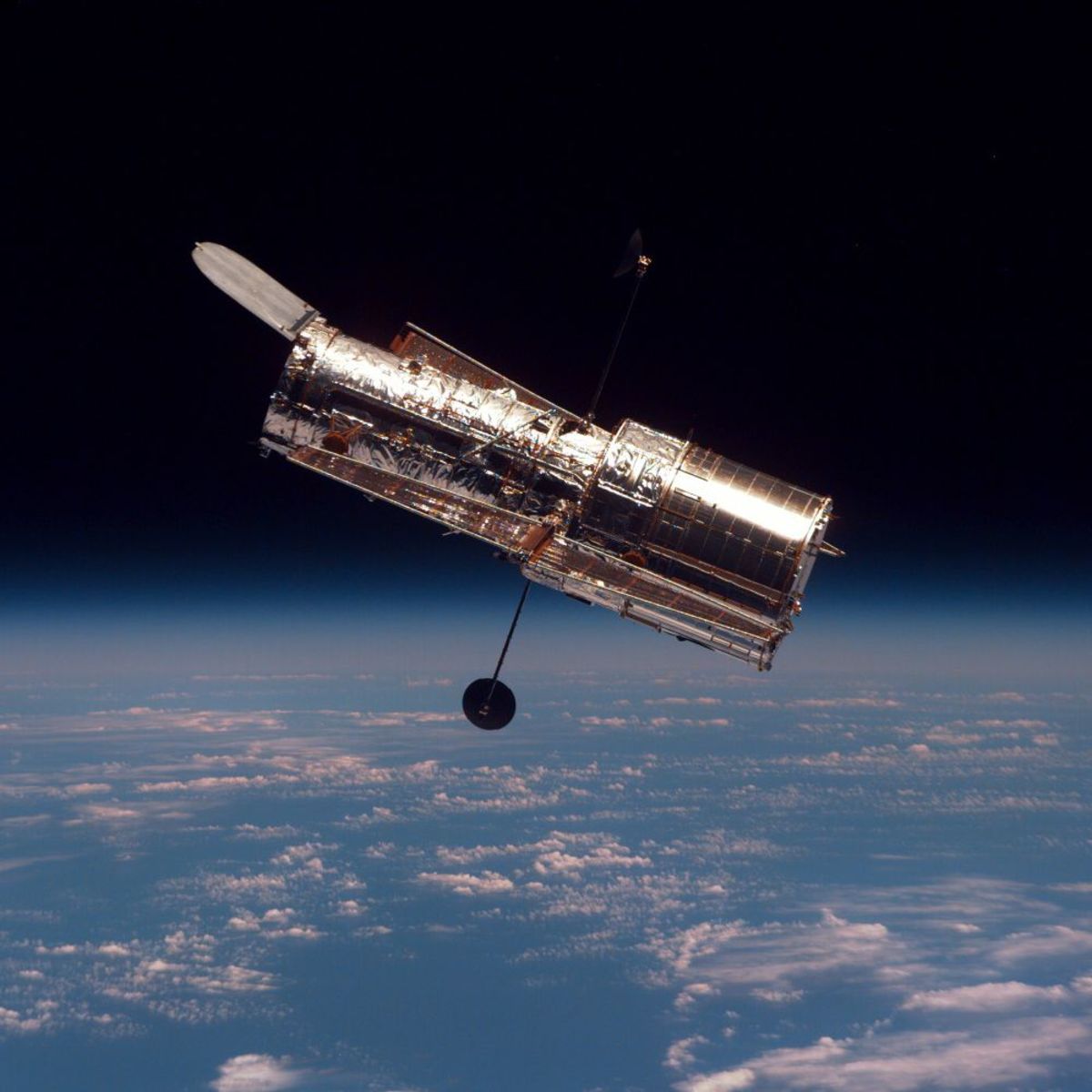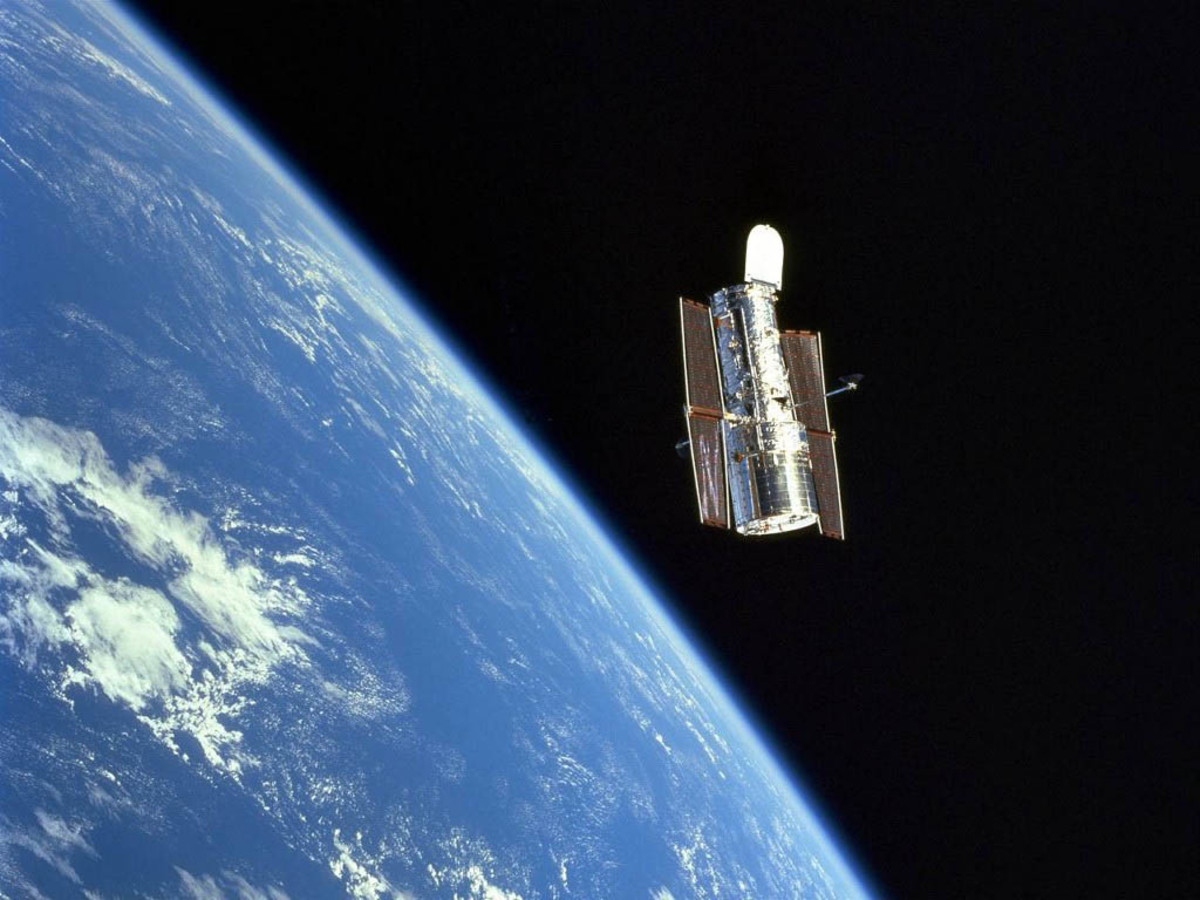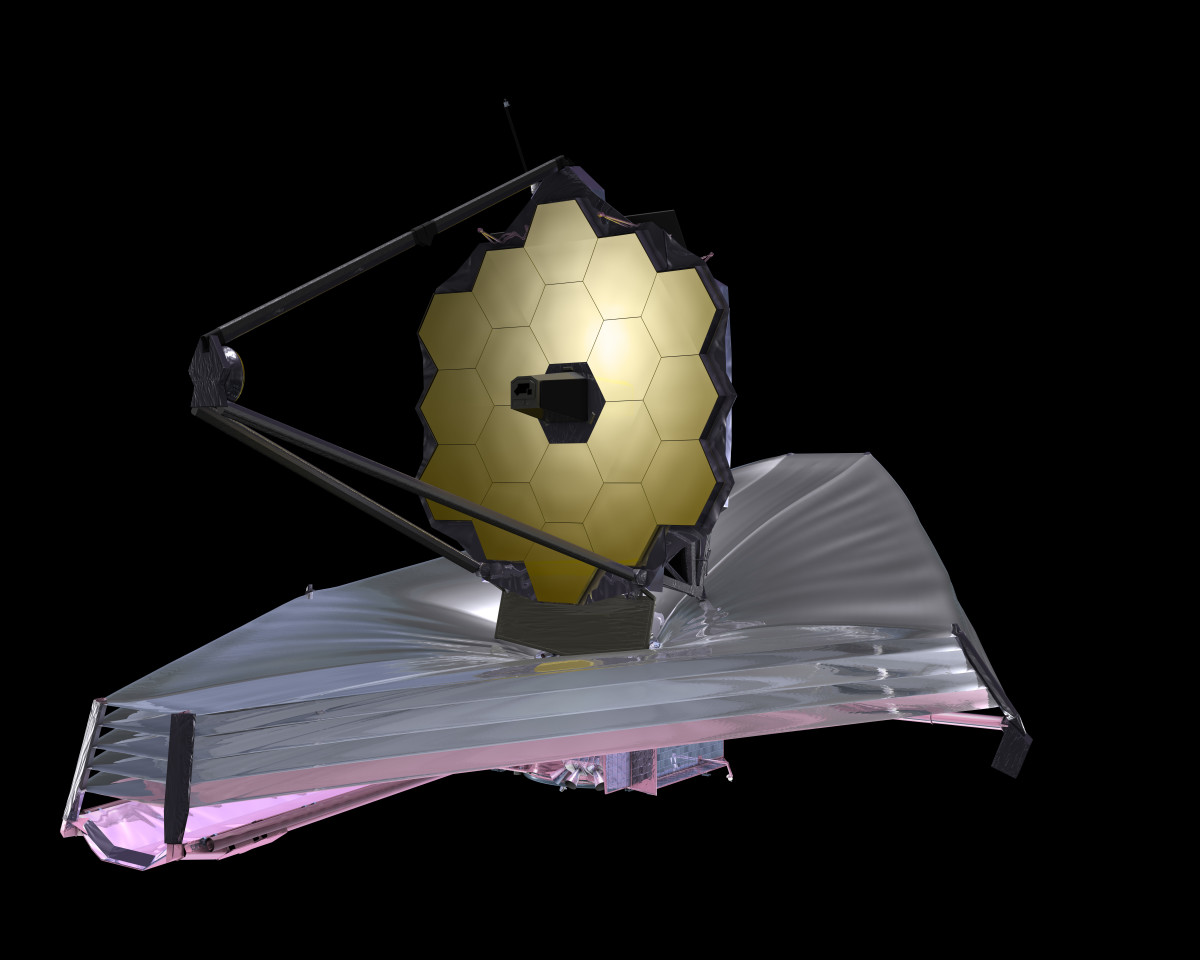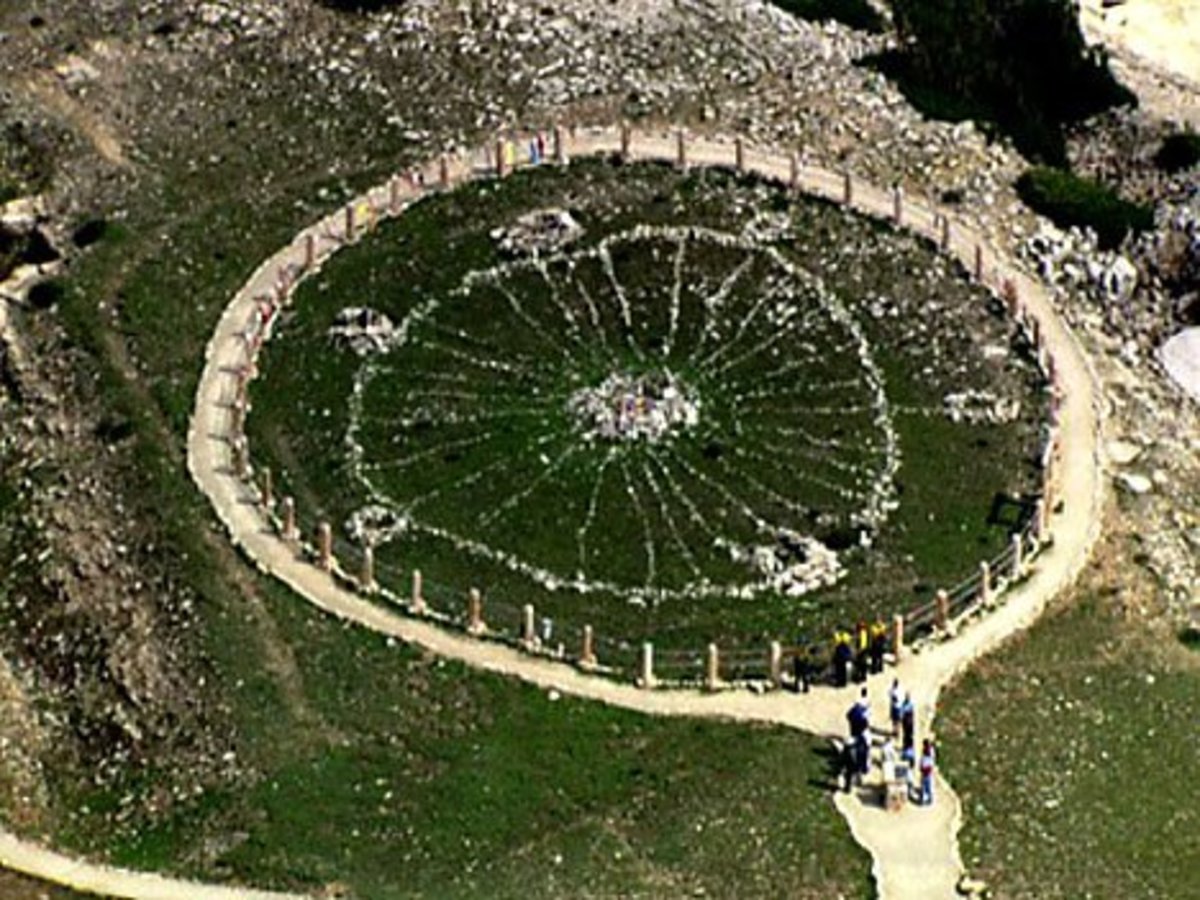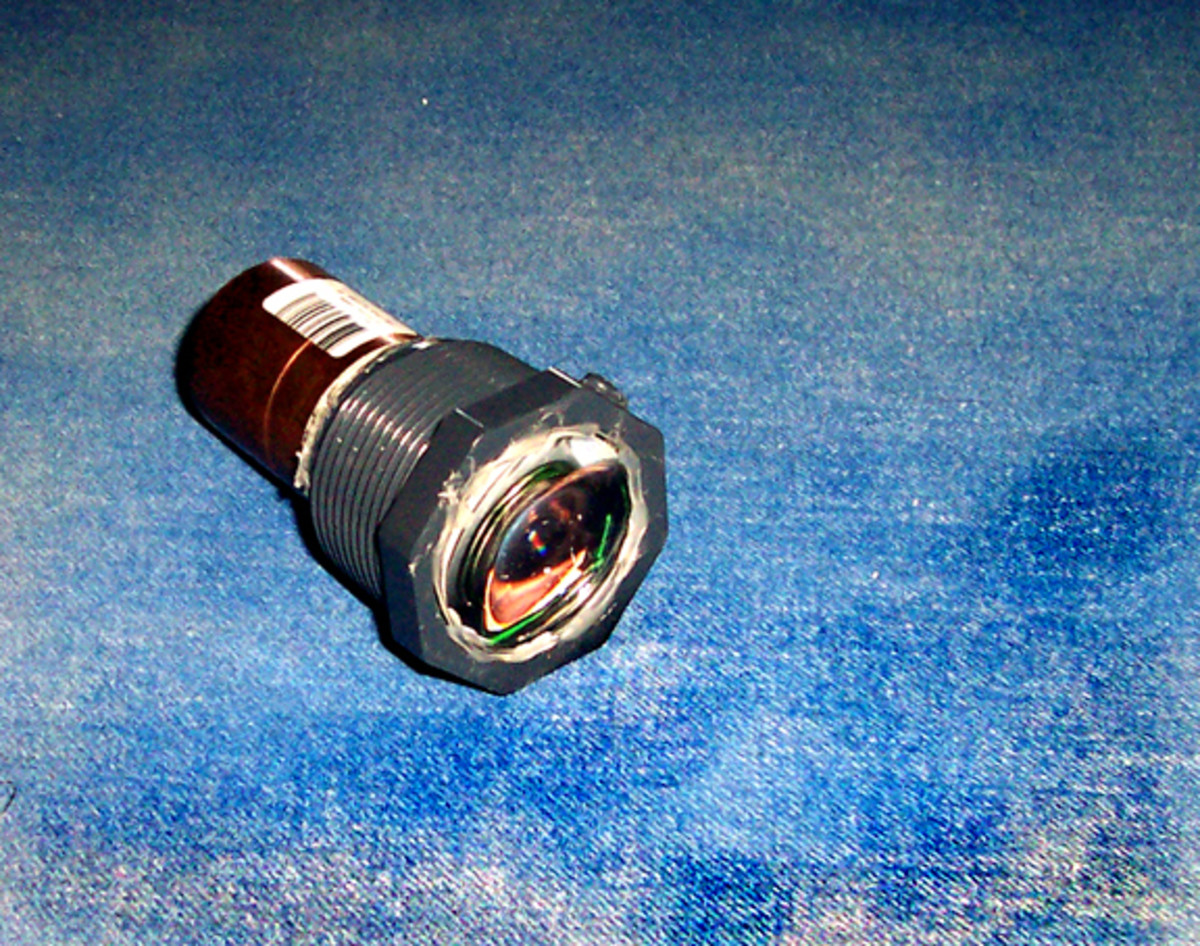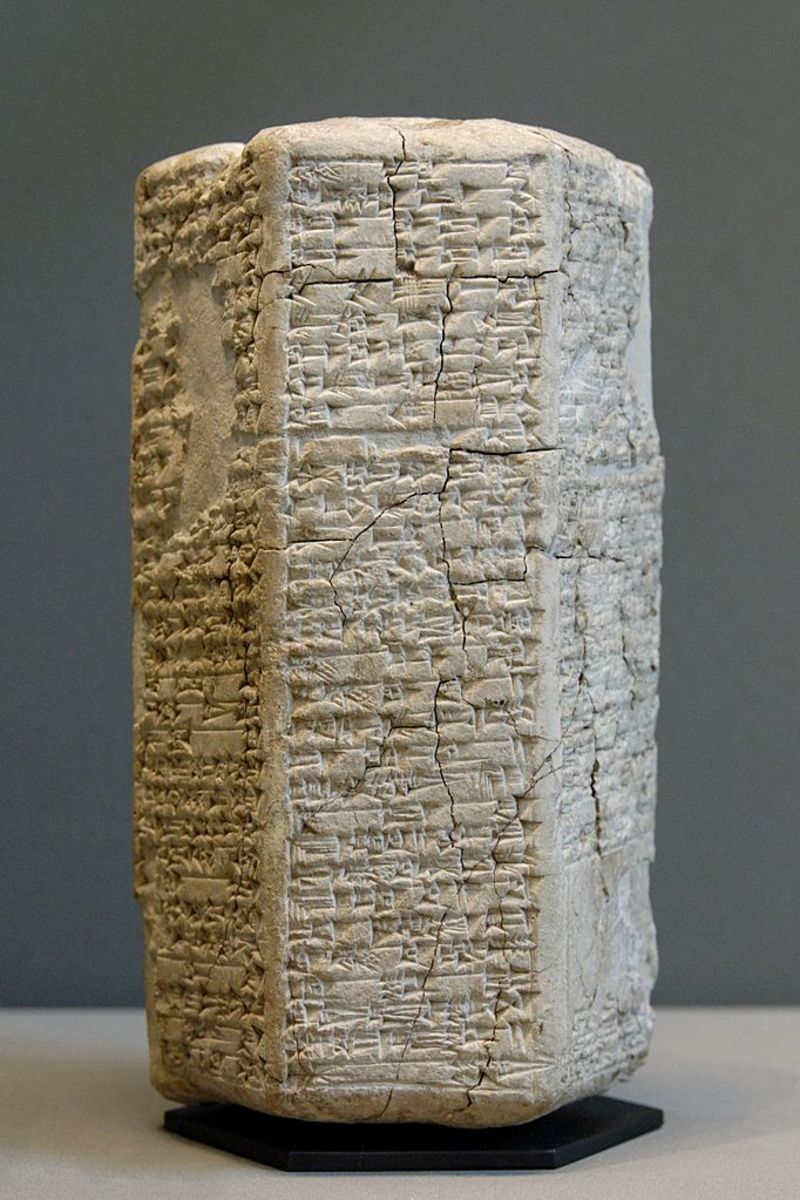Hubble the Space Telescope
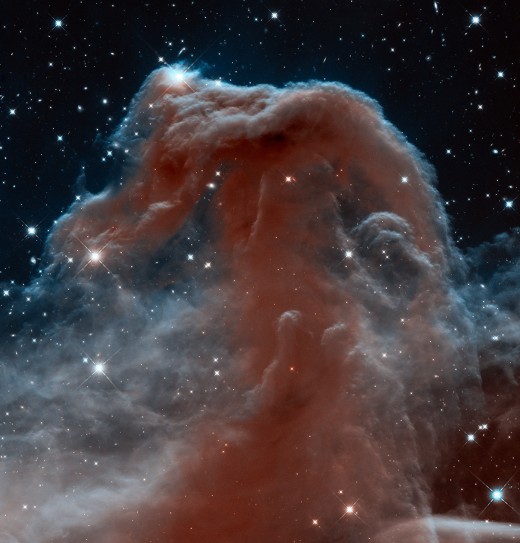
The Hubble Space Telescope
The Hubble Space telescope is a space telescope that was carried into low earth orbit by STS-31 the Space Shuttle Discovery in 1990.The Hubble orbits the earth at around 600 km above the surface of the earth in comparison the moon is an average of 384400 km away Its instruments observe the electromagnetic spectrum in near ultraviolet, visible and near infra red. The telescope is named after the famous astronomer Edwin Hubble. A German scientist named Hermann Oberth was the first person who came up with the idea of a space based telescope sent into orbit via a rocket. The prime mover for this idea in the US was astronomer Lyman Spitzer who in 1946 wrote a paper called ‘Astronomical advantages of an extraterrestrial observatory ‘. Spitzer was an American theoretical physicist and astronomer he carried out research into plasma physics and star formation. In 1965 Spitzer was appointed to head a committee given the task of defining the scientific benefits and the rational for building a space based telescope. This was after the National Academy of Sciences recommended the development of a space telescope as part of the US space program.
Why a Space Based Telescope ?
The main reason why astronomers decided to put a telescope in space is to avoid the visual distortions caused by earths’ atmosphere. The Earths turbulent and ever changing atmosphere interfere with the vision of telescopes no matter how big and advance they are .This atmospheric distortion is the reason why when we look up at the sky stars appear to twinkle. Another reason for space based telescopes is the need to observe stars in all the electromagnetic wave lengths of light. The earths atmosphere interferes with this by absorbing or even stopping the paths of x-rays, gamma and ultra violet radiation .In 1970 NASA formed two committee’s one to look into the engineering aspects of building a space telescope the other to define the scientific goals it would achieve. Constructing a telescope on earth is very expensive so of course one in orbit is doubly so. This is the next challenge NASA found itself facing .After many hiccups congress finally agreed to fund part of the project as long as the cost would be shared by other countries to make it an international project. The European space agency was then enjoined in the project and contributed to its funding. They also would design and build components of the actual telescope. European astronomers were also allocated 15v percent of observation time on the telescope.
Halo 5
- Amazon.com: Halo 5: Guardians: Xbox One: Microsoft Corporation: Video Games
Amazon.com: Halo 5: Guardians: Xbox One: Microsoft Corporation: Video Games
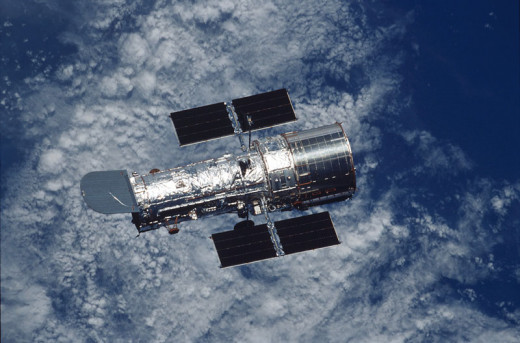
Constructing the Space Telescope
The project began in 1983 in with the release of congressional finds and in 1983 the space telescope was named the Hubble space telescope after the great astronomer Edwin Hubble who after many years of observation and research discovered that the universe was expanding. Project work on the telescope was divided amongst different organisations one was the Marshall space flight Centre which was given the responsibility of development, design and construction while Goddard space Flight centre was given supervision of the ground control centre and the scientific instruments. A private company called Perkin-Elmer was contracted to handle the actual construction of the telescope including mirrors and guidance sensors needed to point the telescope in the right direction. Lockheed martin was hired to build the structures and support systems and to put the entire telescope together into one functioning unit. The Hubble was set to be launched in 1986 but the challenger disaster froze the space shuttled program there by grounding the Hubble as well as it was designed to be launched by the space shuttle. Space Shuttle flights however resumed in 1988 and on April 24 1990 the space shuttle Discovery SRS-31 successfully launched and deployed the Hubble space telescope into low earth orbit.
Cosmic Journeys - Age of the hubble
Primary Lens Anomaly
Unfortunately within a few weeks of operation it was discovered that the Hubble had a serious optical problem. The problem was caused by the primary mirror having been ground to the wrong shape during its manufacture. Surprisingly the pictures were still clearer than those of ground based telescopes but they were not the spectacular images that were promised. Fortunately the Hubble was designed to be repaired and maintained while in orbit and on December 1993 the space shuttle Endeavour flew into orbit with 7 astronauts to repair the Hubble. The astronauts worked for over 10 days replacing equipment the most important of which was the installation of the Corrective Optics Space Telescope Axial Replacement (COSTAR) .In order to install the COSTAR a piece of equipment called the high speed photometer had to be removed to make space. The COSTAR is basically a very expensive set of eye glasses that acts correctively to fix the distorted images produced by Hubble’s primary mirror.
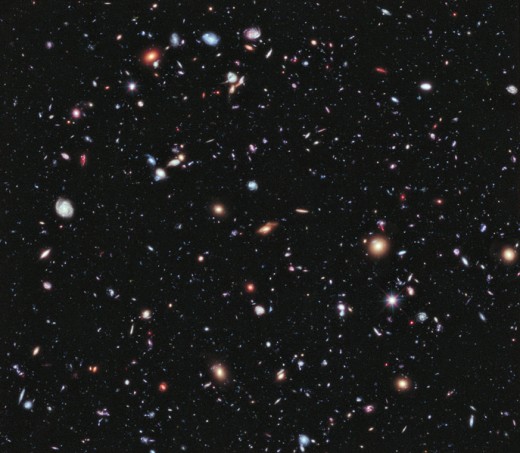
Hubble’s Astronomical Achievements
The Hubble Space Telescope has been a great success in terms of expanding the field of astronomy and astrophysics .Among the discoveries based on HST observations is the a more accurate determination of the age of the universe which is now pegged at around 13 to 15 billion years old. Hubble has facilitated the discovery of the strange phenomena called dark energy and matter through the use of gravitational lensing. It has also helped to confirm that the universe is indeed expanding and the rate of expansion is accelerating. Hubble has been able to observe the birth and evolution of galaxies .The space telescope has also managed to follow the life and death of stars. Astronomers now understand more about the formation of the solar systems by studying distant stars. Hubble has also opened up new areas of study it has done this by detecting the element sodium in the atmosphere of exoplanet HD 209458 b. This means we are able to study planets across vast distances measured only in light years and determine the composition of there atmospheres.
Invisible Universe Revealed- Hubble Telescope
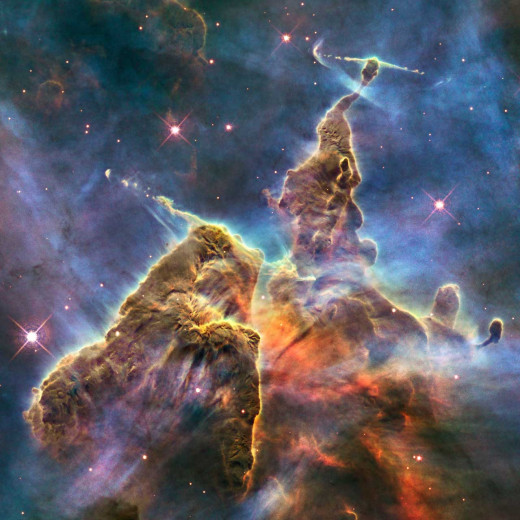
Hubble’s Contribution to astronomy
The Hubble Space Telescope has been a great success in terms of expanding the field of astronomy and astrophysics .Among the discoveries based on HST observations is the a more accurate determination of the age of the universe which is now pegged at around 13 to 15 billion years old. Hubble has facilitated the discovery of the strange phenomena called dark energy and matter through the use of gravitational lensing. It has also helped to confirm that the universe is indeed expanding and the rate of expansion is accelerating. Hubble has been able to observe the birth and evolution of galaxies .The space telescope has also managed to follow the life and death of stars. Astronomers now understand more about the formation of the solar systems by studying distant stars.
Hubble Site
- The Hubble Cosmos: 25 Years of New Vistas in Space: David H. Devorkin, Robert W. Smith, Robert P. Ki
The Hubble Cosmos: 25 Years of New Vistas in Space [David H. Devorkin, Robert W. Smith, Robert P. Kirshner] on Amazon.com. *FREE* shipping on qualifying offers. To celebrate NASA’s Hubble Space Telescope and its 25 years of accomplishments, let The H

